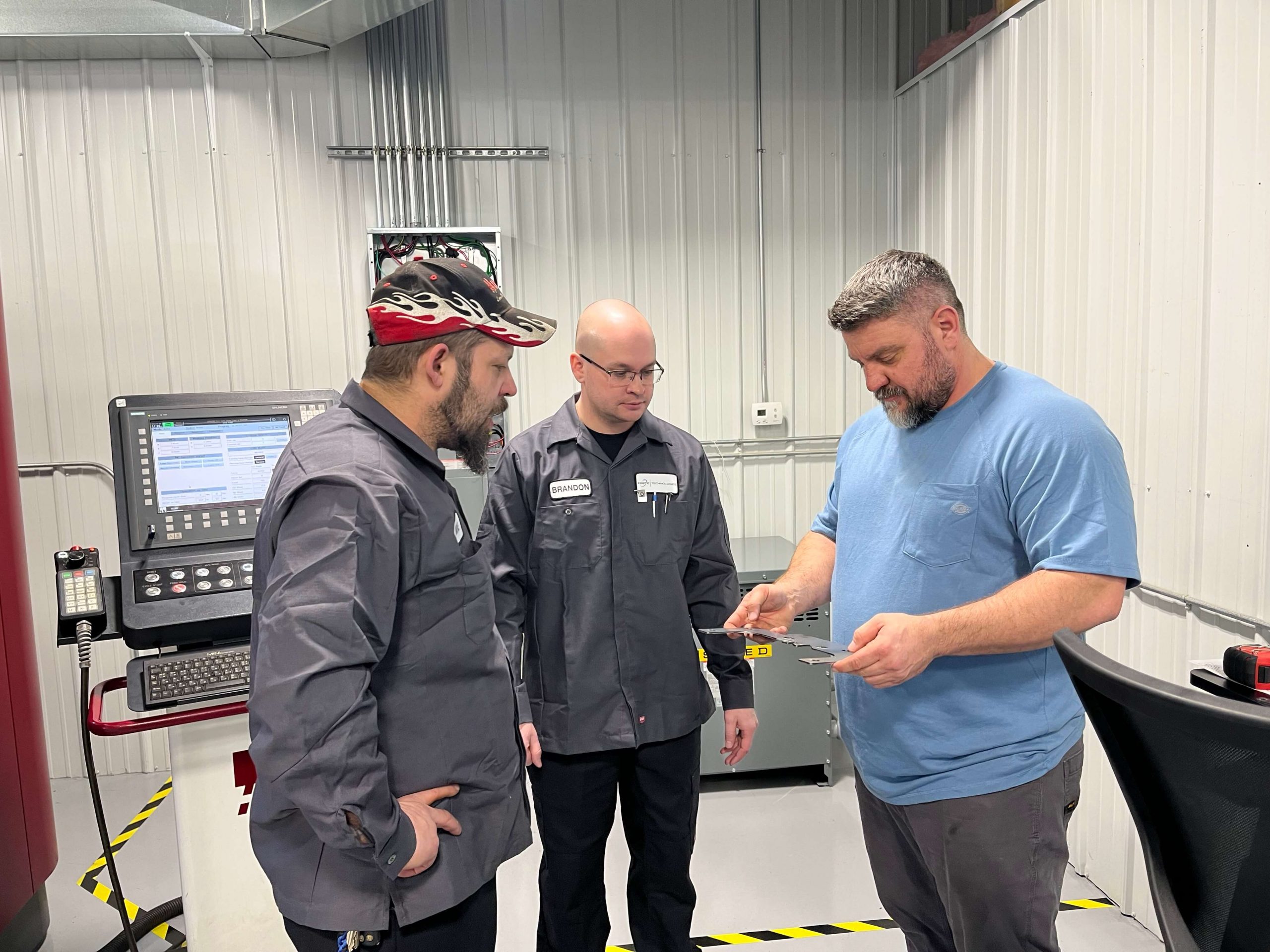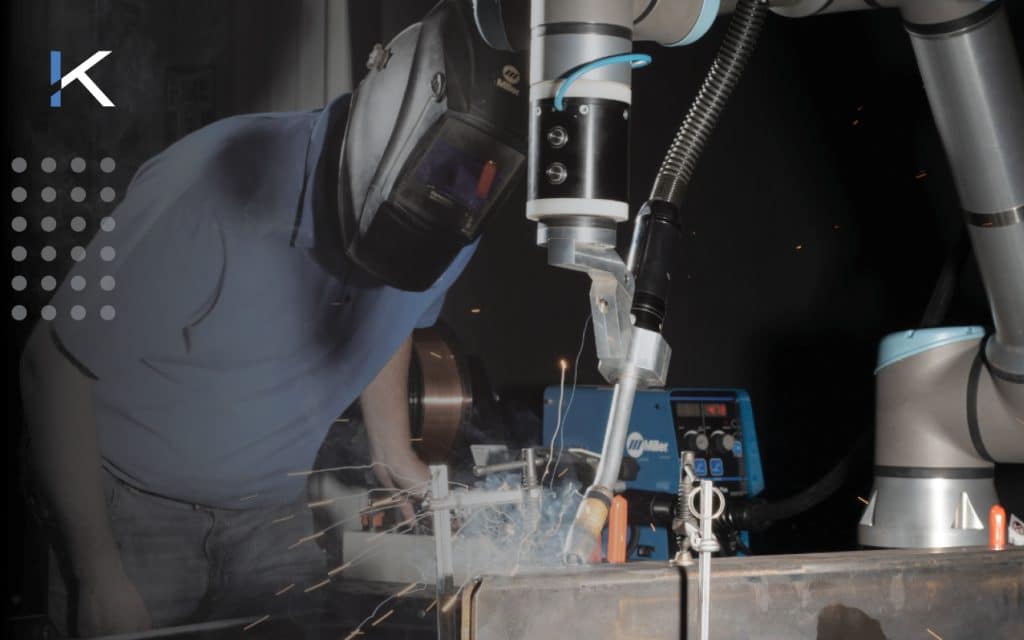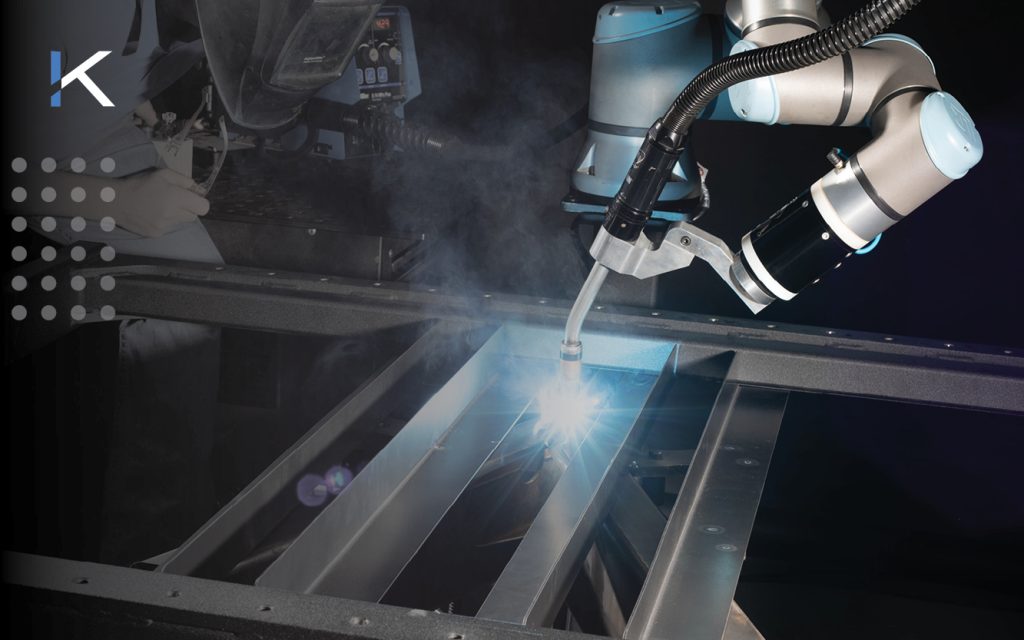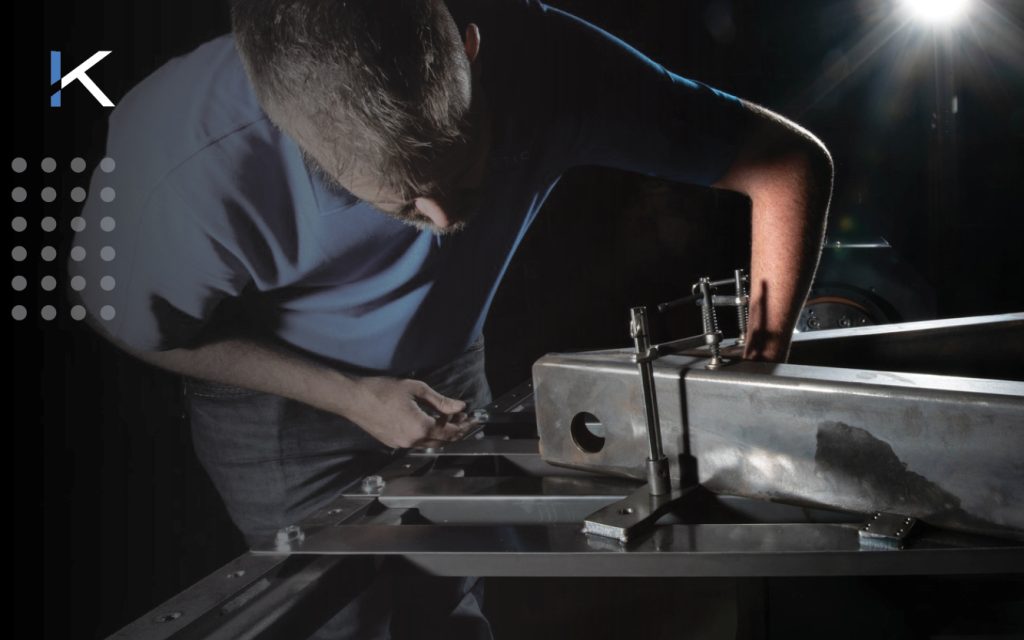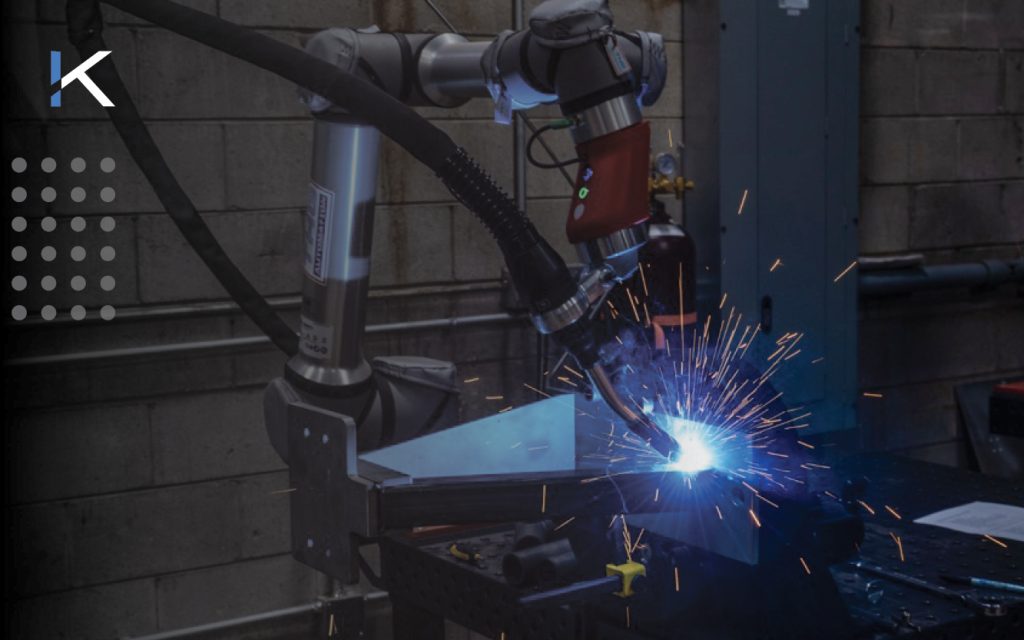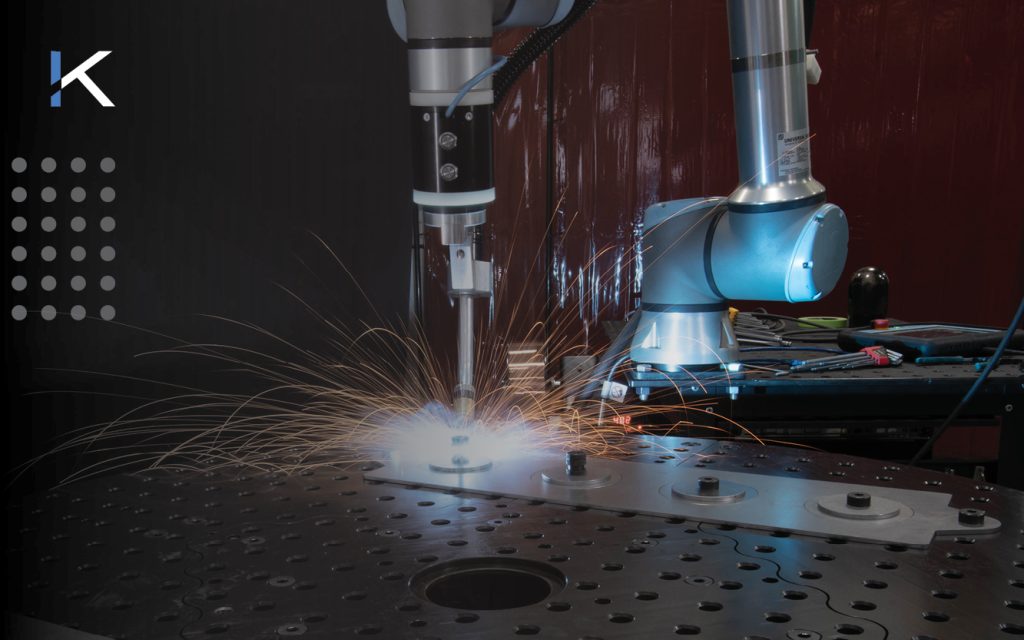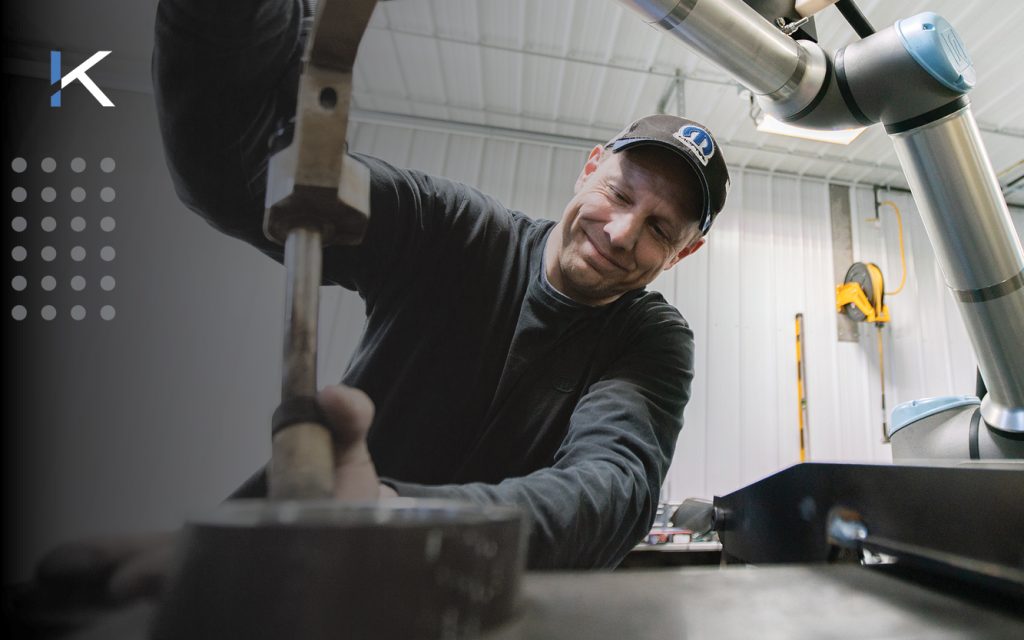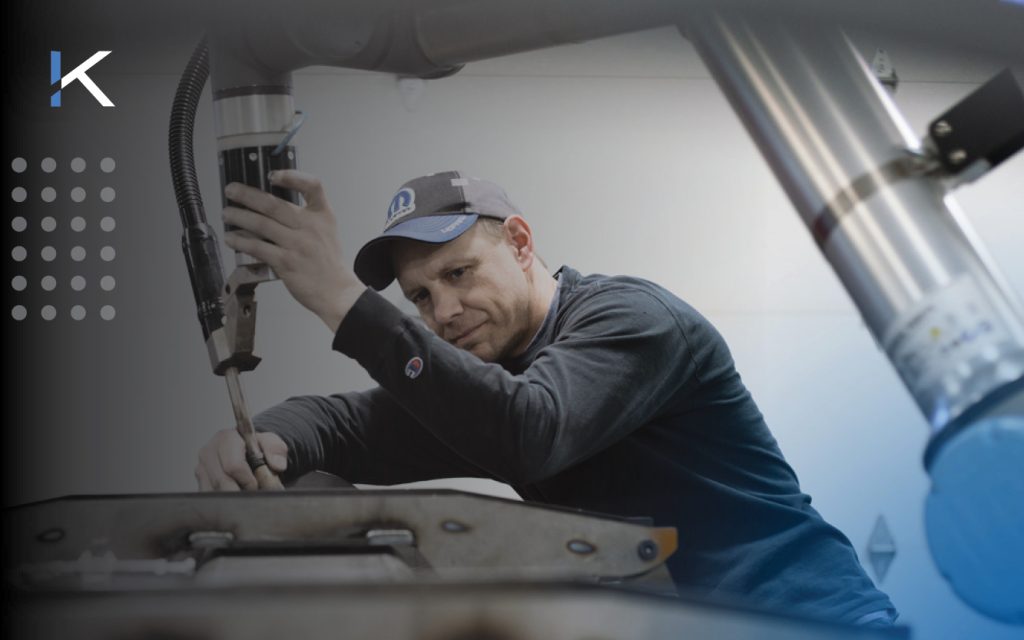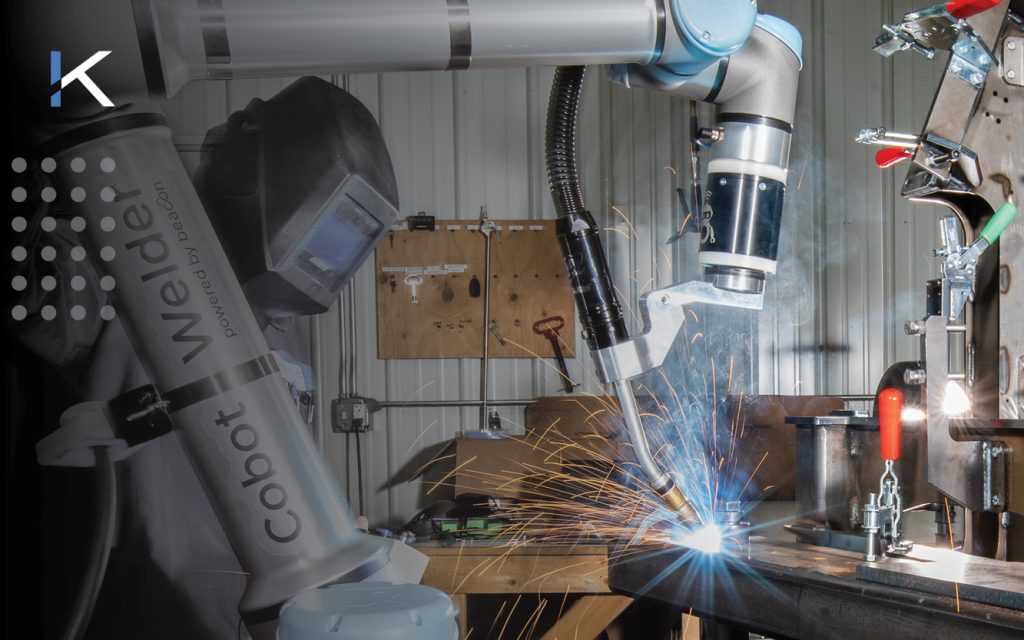There is a critical difference between value and cost, and upper management teams in any company must be able to make this distinction wisely.
For instance, there are times when higher-cost upfront investments can provide substantially more value, saving time and money in the long run. This concept is especially relevant when it comes to prototype development.
Ordering a quick-turn machined prototype isn’t necessarily cheap. But it’s typically a much wiser investment than undergoing a drawn-out research and development (R&D) process that doesn’t result in a physical prototype for an extended period of time.
While we understand why companies may default to a long R&D process over rapid prototype machining, we’re here to make a case for the latter over the former.
How Does Quick-Turn Prototype Machining Save Money?
R&D is fundamental to the engineering of any new part. Unfortunately, many R&D teams make the mistake of investing significant time and money in the prototype design phase without producing a physical machined prototype. When a design lingers in this phase for too long, the result is substantial financial waste.
We won’t sugarcoat it—quick-turn prototypes can be expensive. But investing in a physical prototype creates far more value for your business than a drawing ever could. Let’s take a closer look at why.
Minimizes opportunity costs
When a team delays making a physical product, they pay a significant opportunity cost from the lost time the product could have spent on the market. This cost alone is reason enough to consider an iterative quick-turn prototyping process instead.
Avoids overhead waste
Some of the biggest sources of financial waste during product development are the overhead costs that stack up while the team waits for a physical product. Salaries, rent, and insurance costs don’t just go on hold until a product is ready to go to market.
Investing in quick-turn prototypes helps avoid overhead waste by speeding along the product development process significantly.
Prevents expensive part changes
Quick-turn prototype machining shifts the design mindset to become more value-oriented. It encourages engineers to forgo perfection, transform good ideas into physical products, and iterate from there. Through iterative prototyping, engineers can be the heroes of their teams by bringing a physical product in sooner for everyone to see and touch.
Interacting with a physical manifestation of a design is not only exciting but also incredibly useful, enabling team members to identify mistakes or areas for improvement that aren’t apparent in a drawing. Teams can then iterate quickly to fix any issues or make important improvements.
Customer example: A customer sent our team at Kinetic Technologies drawings for an assembly. But when we attempted to attach the two pieces of the assembly after machining them, it was clear that something was wrong. Holes in the two parts needed to line up with one another, but with +/- 0.005” tolerances, they were still about 1/16” off.
We examined the drawing, took measurements from the physical parts, and returned this information to our customer’s engineering team, letting them know the exact issue and advising them of the discrepancy. They listened to our feedback, updated the drawing, and we made them a new prototype quickly and easily.
Had they elected to go through a lengthy design review process, they would have waited even longer, potentially with a larger order, to find out their parts didn’t fit together properly. The changes required at that point would have been disruptive and expensive.
Partner with Kinetic Technologies for Quick-Turn Prototype Machining
A quick-turn iterative process can have a high-value impact, but finding the right manufacturing partner to support that process can be challenging.
Kinetic Technologies was founded in part to solve the problems customers experience during R&D. We’ve been on both sides of the product development table—engineering and manufacturing—and have perfected our process to deliver high-quality prototypes quickly.
Request a quote to begin our partnership!

